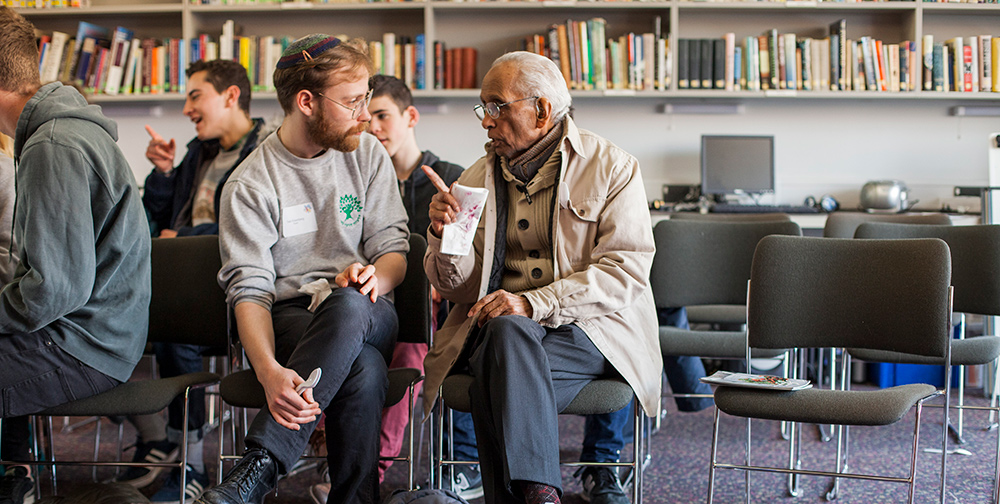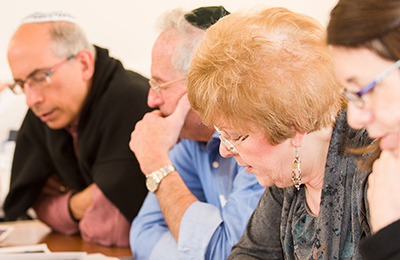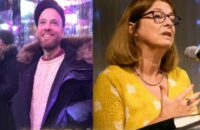Shlach Lecha

The Torah reading of Shlach Lecha is literally and figuratively an “eye opening” parashah. Quite strikingly, our narrative this week is bookended by sight. At the very beginning of the parashah, Moses speaks to those selected for the reconnaissance mission into the Land of Israel. He instructs them, among other things, to “Go up there into the Negev and on to the hill country, and see what kind of land it is” (Num. 13:17–18). Similarly, sight closes the parashah: the Israelites are commanded to make tzitziyot, fringes on their garments. God declares, “Look at it and recall all of the commandments of the Lord and observe them” (Num. 16:39). In the first instance, sight becomes a stumbling block for the spies as this all important sense triggers fear and panic; while, in the second instance, sight is meant to spark memory and to encourage observance. How may we understand the depth of sight—especially in relation to tzitzit, a commandment the Jewish People continue to observe faithfully in the modern day?
Rabbi Yehudah Aryeh Leib Alter of Ger, also known as the Sfas Emes writes,
The word tzitzit (fringe) is interpreted by Rashi as coming from the verse, “He peers between the cracks” (Song of Songs 2:9). The purpose of this mitzvah is to open a Jew’s eyes. That is why the Talmud teaches that “one who is careful about the commandment of the fringes merits greeting the Divine Presence,” since it says, “and you will see Him.” Tzitziyot are mentioned three times in this passage, parallel to the three times in the year when Israel were to “be seen” (the Three Pilgrimage Festivals) . . . We are God’s witnesses, and of a witness it is said, “If he sees or knows” (Leviticus 5:1). Knowing is higher than seeing; knowing is the rung of Moses himself. Perhaps that is why they were given the commandment of fringes. When they fell from their rung by no longer fully accepting Moses’ leadership, they would have need of this “seeing,” a step lower than knowing. (Rabbi Yehudah Aryeh Leib Alter, The Language of Truth, 241–242).
Seeing is multivalent: for it is not only a physical sense to which the Torah refers, but also a spiritual and interpretive dimension. Unlike the experience of the spies at the beginning of the parashah, Israelite “seeing” should open both the eyes and the heart. It is a seeing that should lead us to embrace a deep, rich, and resonant truth; and it should bring us a step closer to becoming “God’s witnesses.” The negativity engendered by seeing at the opening of our parashah becomes redeemed and “repaired” through the blessing of tzitzit. The knotty texture of the fringes combined with the stark contrast between the blue and white should remind us all of the nature of our spiritual and worldly treks—the challenges that one encounters along the journey to “acquire” observance, as well as the eternal challenge of “acquiring” the Land of Israel.
Rabbi Matthew L Berkowitz is the director of Israel Programs for the Jewish Theological Seminary and cofounder of Kol Ha-Ot, a new Jerusalem-based venture devoted to exploring the arts and Jewish learning.
FROM: The Jewish Theological Seminary, New York. More can be found on their website www.jtsa.edu




